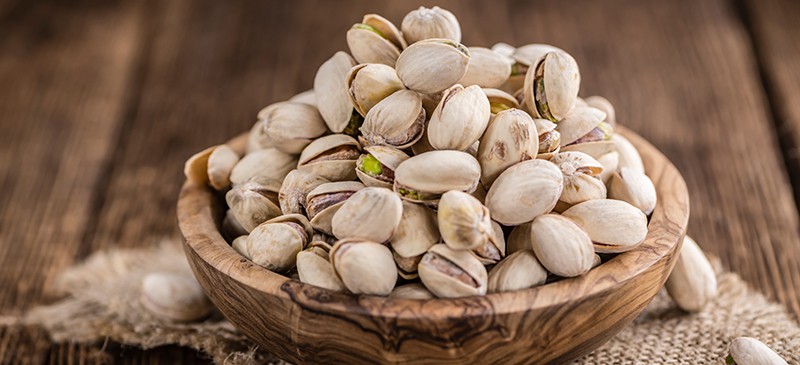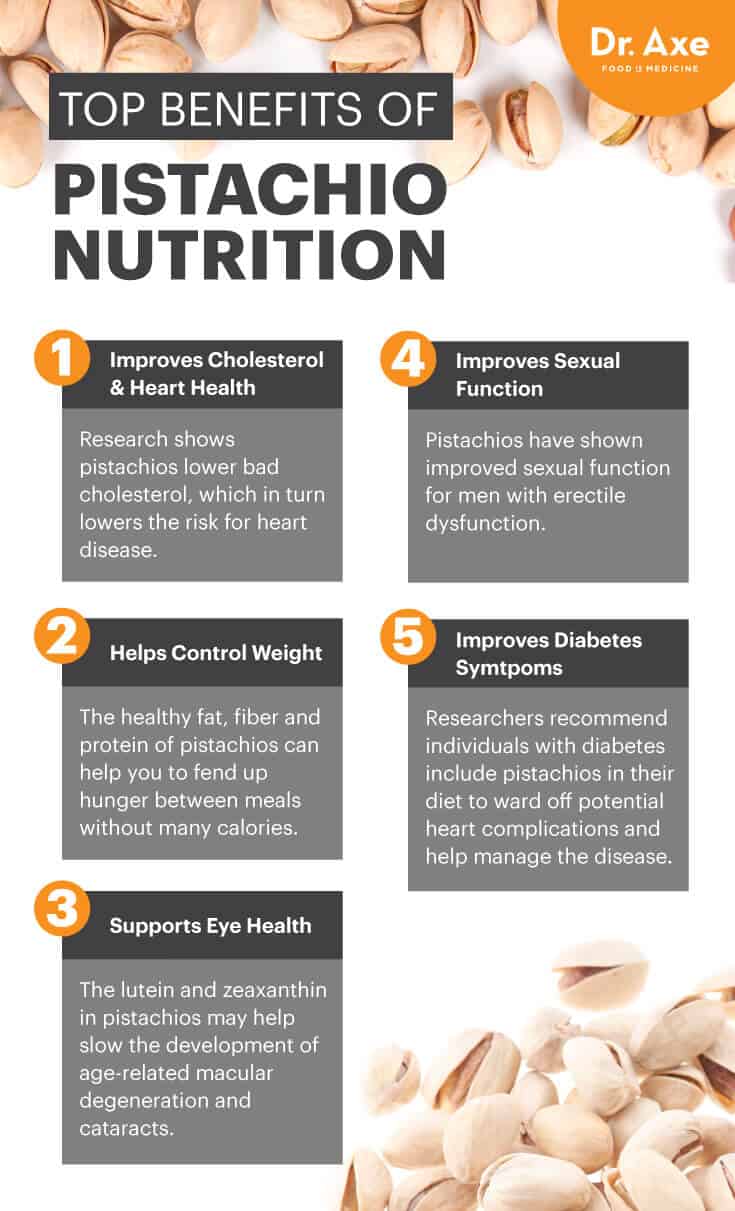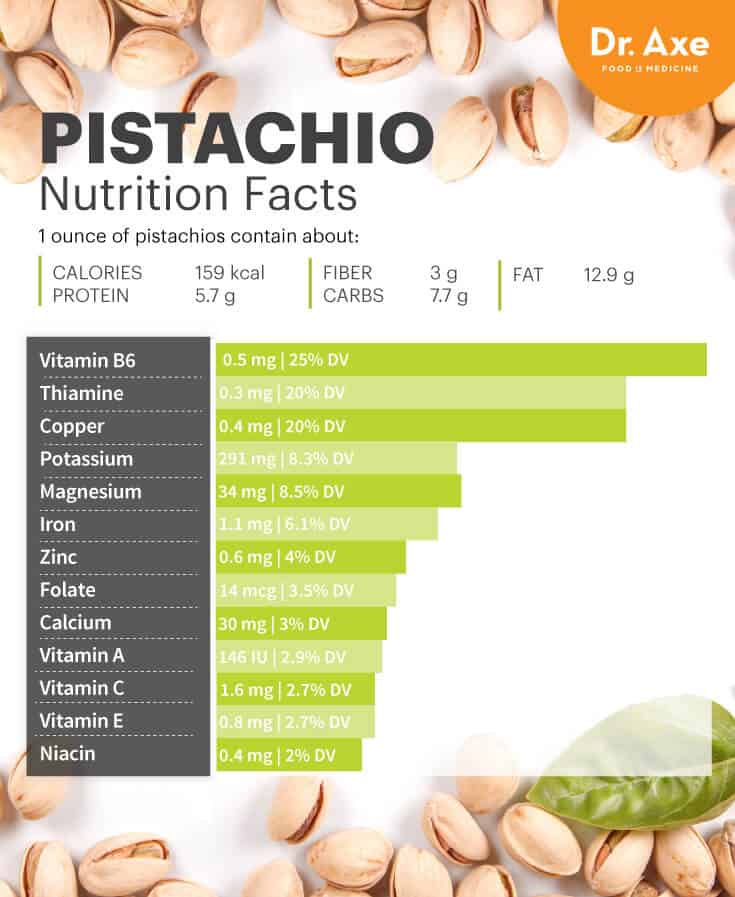This Dr. Axe content is medically reviewed or fact checked to ensure factually accurate information.
With strict editorial sourcing guidelines, we only link to academic research institutions, reputable media sites and, when research is available, medically peer-reviewed studies. Note that the numbers in parentheses (1, 2, etc.) are clickable links to these studies.
The information in our articles is NOT intended to replace a one-on-one relationship with a qualified health care professional and is not intended as medical advice.
This article is based on scientific evidence, written by experts and fact checked by our trained editorial staff. Note that the numbers in parentheses (1, 2, etc.) are clickable links to medically peer-reviewed studies.
Our team includes licensed nutritionists and dietitians, certified health education specialists, as well as certified strength and conditioning specialists, personal trainers and corrective exercise specialists. Our team aims to be not only thorough with its research, but also objective and unbiased.
The information in our articles is NOT intended to replace a one-on-one relationship with a qualified health care professional and is not intended as medical advice.
Pistachio Nutrition Lowers Bad Cholesterol and Boosts Eye Health
December 11, 2019

Over the past few years, it’s been almost impossible to go a day without hearing about pistachios. You’ve undoubtedly seen the marketing campaigns featuring celebrities for the tasty nuts. So why are people so — pardon the pun — nuts about pistachios? Probably because pistachio nutrition is more beneficial than many may believe.
Are pistachios healthy? Yes! Nutrient-dense pistachios reign supreme when it comes to those looking for healthy snacks for weight loss and weight control.
The majority of the fat found in pistachios (almost 90 percent) is healthy unsaturated fat, which has many positive healthy implications for the entire body. In fact, their healthy fat and nutrients have even been shown to lower LDL (bad) cholesterol, boost eye health and more. (1)
What Are Pistachios?
What is a pistachio, exactly? It’s a nut with a hard outer egg-shaped shell and a tasty kernel inside that’s commonly loved as a snack food. Pistachio trees have grown in the Middle East for thousands of years and are considered a delicacy in the region.
If you’ve ever tasted a pistachio, you’re probably not surprised. The flavor and satisfying mix of good fat, fiber and protein make pistachios a top pick for both taste and health.
The edible nut comes from the pistachio tree (Pistacia vera), native to western Asia and Asia Minor, where it’s still found growing wild in numerous hot, dry locations like Lebanon, Palestine, Syria, Iran, Iraq, India, Southern Europe, and the desert countries of Asia and Africa. The pistachio we know (and most likely love) is the only edible species among the 11 species in the genus Pistacia.
Nutrition Facts
Pistachio nutrition is truly impressive. They’re truly loaded with all kinds of nutrients, like vitamin B6, thiamine, potassium, copper, magnesium and iron, for starters. Pistachios also contain healthy monounsaturated and polyunsaturated fats but are free of trans fat and cholesterol.
A typical serving size of pistachios is one ounce or 49 kernels. When you consume 1 ounce of raw pistachios, you et the following healthy nutrients thanks to pistachio nutrition: (8, 9)
- 159 calories
- 7.7 grams carbohydrates
- 5.7 grams protein
- 12.9 grams fat
- 3 grams fiber
- 0.5 milligram vitamin B6 (25 percent DV)
- 0.3 milligram thiamine (20 percent DV)
- 0.4 milligram copper (20 percent DV)
- 291 milligrams potassium (8.3 percent DV)
- 34 milligrams magnesium (8.5 percent DV)
- 1.1 milligrams iron (6.1 percent DV)
- 0.6 milligram zinc (4 percent DV)
- 14 micrograms folate (3.5 percent DV)
- 30 milligrams calcium (3 percent DV)
- 146 international units vitamin A (2.9 percent DV)
- 1.6 milligrams vitamin C (2.7 percent DV)
- 0.8 milligram vitamin E (2.7 percent DV)
- 0.4 milligram niacin (2 percent DV)
Health Benefits
A source of beneficial vitamin B6, pistachios can help boost your energy levels, improve skin and eye health, and contribute to a healthy metabolism.
Scientific evidence has shown that pistachio nutrition can have a markedly positive effect on the following:
1. Cholesterol and Heart Health
A pistachio study published in the American Journal of Clinical Nutrition confirmed the status of pistachios as cholesterol-lowering foods.
The researchers studied 28 adults whose LDL cholesterol levels were above the optimal range but were healthy otherwise. The experimental diets included a lower-fat control diet with no pistachios, a healthy diet with one serving of pistachios per day and a healthy diet with two servings of pistachios per day. All participants who ate pistachios lowered their LDL levels.
In the context of a heart-healthy diet, the study showed that adding as little as one serving of pistachios per day (10 percent of total energy) lowered LDL cholesterol by 9 percent while the larger daily dose (two servings) of pistachios was attributed to a 12 percent decrease in LDL. (2)
High LDL is a major risk factor for coronary heart disease so by lowering your LDL level you can lower your risk of developing serious heart problems like coronary heart disease. Pistachios are also loaded with antioxidants, which are excellent for heart health.
2. Weight Control
Snacking on pistachios can help you to lose weight as well as maintain a healthy weight. By snacking on a serving between meals, the healthy fats, fiber and protein of pistachio nutrition can help you to fend up hunger between meals. Snacking on pistachios can also help you not begin your next meal feeling so ravenous because they help you achieve satiety.
Research from the UCLA School of Medicine showed that subjects who substituted pistachio nuts for food such as candy bars, dairy products, microwave popcorn, buttered popcorn and potato chips, with pistachios accounting for 20 percent of total calories for three weeks, did not gain any bodyweight, lowered their overall cholesterol and increased their good cholesterol. (3)
3. Eye Health
Pistachios are the only nuts that contain a significant amount of the carotenoids known as lutein and zeaxanthin. (4) Dietary carotenoids are believed to provide health benefits to the body by decreasing the risk of disease, particularly certain cancers and eye disease.
Lutein and zeaxanthin are the only carotenoids found in the retina and lens of the eye. The results of epidemiological studies suggest that diets rich in lutein and zeaxanthin may help slow the development of age-related macular degeneration and cataracts.
Carotenoids are best absorbed with fat in a meal or in the case of pistachio nutrition, good fat is already part of the package, making it easier for the body to absorb pistachio’s lutein and zeaxanthin. (5)

4. Sexual Function
Pistachios have been shown to have a positive effect on men’s sexual vitality. A 2011 study conducted by the Department of 2nd Urology at Atatürk Teaching and Research Hospital in Turkey had subjects consume 100 grams of pistachio nuts at lunch every day for a period of three weeks, which was 20 percent of their daily caloric intake.
These subjects were all married men ranging in age from 38 to 59 who had erectile dysfunction (ED) for at least 12 months prior to the study. The men were instructed to maintain similar daily dietary intake, similar physical activity and other lifestyle habits so the only major change was the addition of pistachios to their diets.
The results of the study, published in the International Journal of Impotence Research, showed that these men with ED had a significant improvement in erectile function as well as improvement in their serum lipid levels.
One reason pistachio nuts likely help ED and work as a natural remedy for impotence is the fact that they’re relatively high in the nonessential amino acid arginine, which appears to maintain flexible arteries and enhance blood flow by boosting nitric oxide, a compound that relaxes blood vessels. (6)
5. Diabetes
A study published in 2015 and conducted at Pennsylvania State Universiy looked at the effects of daily pistachio consumption on the lipid/lipoprotein profile, blood sugar control, inflammation markers and circulation of adults with type 2 diabetes. Participants either consumed nutritionally adequate diets without pistachios or with pistachios as 20 percent of their daily caloric intake.
The results showed that although the pistachio diet didn’t seem to affect glucose control, it did have a positive effect on total cholesterol, cholesterol ratios and triglycerides. Having diabetes puts you at increased risk for heart disease and stroke. For type 2 diabetics looking to improve their cardiometabolic risk factors, eating pistachios regularly as part of a healthy overall diet could help to ward off serious heart issues. (7)
Related: Brazil Nuts: The Top Selenium Food that Fights Inflammation
Interesting Facts
- The pistachio was first introduced to the U.S. by the USDA plant exploration service in 1890.
- The pistachio is a relative of the cashew, mango, poison ivy, poison oak, pepper tree and sumac.
- Pistachios grow best in areas that have long, hot, dry summers and moderate winters.
- A pistachio tree takes about 10 to 12 years to produce the first crop.
- Is there such a thing as red pistachios? No, naturally there is no such thing as a red pistachio. Pistachios used to be dyed red to cover shell imperfections and make the nuts more visible in snack machines. Thankfully today, pistachios are rarely dyed red or any other color.
- If you’ve eaten pistachios in their shells, then you’re familiar with the common and frustrating situation of running into a pistachio or two with a closed shell. These are often quite impossible to open with human fingers. Unfortunately, this tightly closed shell is a sign that the nut inside is not fully ripe yet. Pistachios that are ready for consumption have an open shell.
- Pistachios are actually honored with their own day of the year! Every Feb. 26 is National Pistachio Day.
How to Use
Pistachios are not seasonal and are available year-round at most grocery and health food stores.
High-quality pistachios can be identified by the yellow-green and purple colors of their kernels. It’s a good idea to buy pistachios in their shells because they’ll stay fresher longer. Pistachios within their shells stay fresh for up to one year from their date of production but are best eaten within four months for maximum flavor. Plus, if you buy pistachios in their shells, then you need to do a little work to eat them, which will help you not to overdo it.
If pistachio nuts are not stored properly, they absorb moisture from the air and quickly become stale. For maximum freshness, keep pistachios in an airtight container in the refrigerator.
Pistachios can be eaten alone or added to all kinds of recipes. They can be kept whole and thrown into a healthy salad or homemade bar, and they can also be crushed and added to smoothies, stir fries, or even used as part of a crust or topping for fish.

Risks and Side Effects
If you suffer from a tree nut allergy, then you most likely need to avoid pistachios. If you experience any symptoms of a nut allergy, you should discontinue consumption of pistachios and seek medical attention if needed.
Pistachio nuts naturally have very low levels of sodium, but roasted and salted pistachios contain a significant amount of sodium, which could increase blood pressure if you have issues with hypertension already or if you consume too many nuts.
While eating pistachios in small recommended amounts as part of an overall healthy diet can help with weight control, pistachios are not a low-calorie food so if you really overdo it on a regular basis, then pistachios could contribute to weight gain.
They also can contribute to gastrointestinal side issues if you react to a compound called fructans. Fructans are naturally found in many healthy foods and are not dangerous, but sometimes they can bother the digestive system and lead to bloating, diarrhea, constipation, flatulence and abdominal pain.
Final Thoughts
- A typical serving size of pistachios is one ounce or 49 kernels.
- It’s best to buy pistachios unsalted in their shells.
- Pistachio nutrition is very impressive with high levels of vitamins, minerals and antioxidants.
- Pistachios are especially high in vitamin B6, thiamine and copper.
- They make a healthy and delicious snack by themselves but can also be added to many healthy recipes.
- Pistachio nutrition can help improve your cholesterol, waistline, eye health and sexual function.
- Pistachios are a smart nut choice for people with diabetes.
- With protein, healthy fat and fiber, a pistachio makes for a very satisfying snack for people of all ages!













